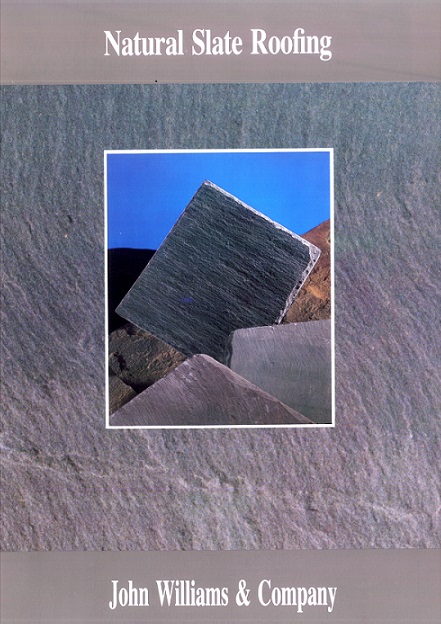 Our Company Slate Manuals may have changed appearance, but the information and techniques shown within are largely unchanged
Our Company Slate Manuals may have changed appearance, but the information and techniques shown within are largely unchanged
Slate has been quarried or mined throughout the United Kingdom for many centuries in mountainous locations, sometimes in hazardous working conditions. Due to the difficulties of transportation, slates were only used to roof houses close to the source of supply. With the advent of the Industrial Revolution, however, transport and technical innovations meant that the slates were able to be mass-produced and sent to all parts of the country to cover the roofs of new houses being built in the rapidly developing industrial towns. Many engineering achievements were made in the main slate producing areas and machinery was installed to cut the slate, haul it to the surface and transport it by rail to the various outlets.
A new building trade developed and craftsmen emerged to fix this newly found and most adaptable form of covering. Most of the slated roofs in this country are well over eighty years old; the slates themselves are in excellent condition and, if left untouched, will remain so for many years to come. In some instances, however, the fixing nails have perished allowing the slates to slip, but modern methods of securing slates have now eliminated this problem.
At the beginning of the Twentieth Century alternative artificial forms of roof covering, such as clay and concrete tiles, were employed with a consequent decline in the slate industry. This situation changed again toward the end of the Century when the remaining slate quarries made substantial investments in mechanising the manufacture of roof slates, resulting in increased output. With an almost everlasting supply of raw material, a proven method of fixing and the advantages inherent in the slate itself, the future of natural slate as a roofing material is assured. Today, roofing slate is imported from various countries around the World, noticeably China, Spain and Canada as the economics of slate production in the UK has meant that ‘local’ slate from Wales or Cumbria is now far more expensive than an imported alternative. Imported slate is often a much cheaper solution but the quality of the slate itself can be inconsistent. We still regard Welsh slate as the pinnacle of the industry.
To receive a FREE Copy of our Slate Manual please complete our contact form.
Let us know how we can help. Call 01303 265198 or send an email today.
